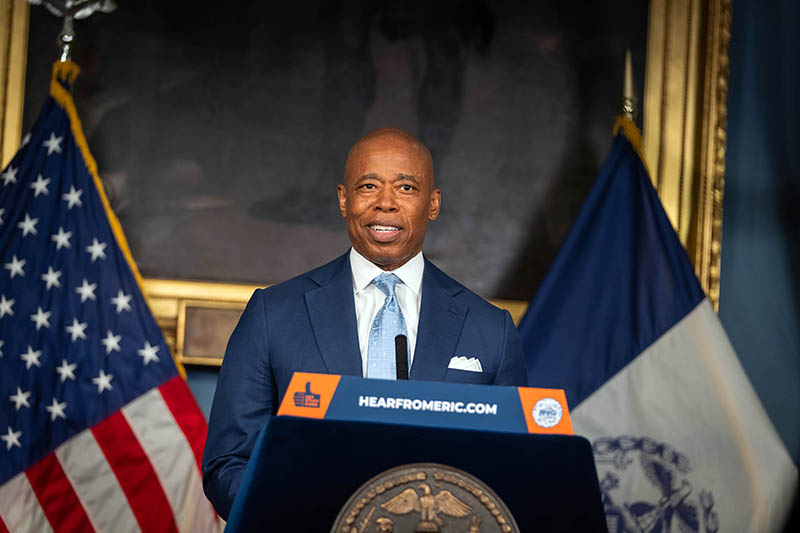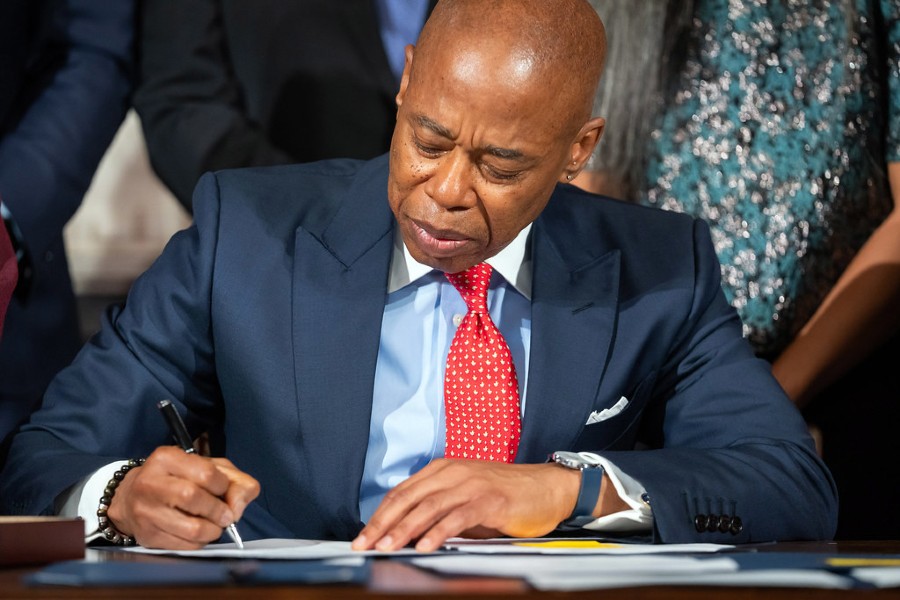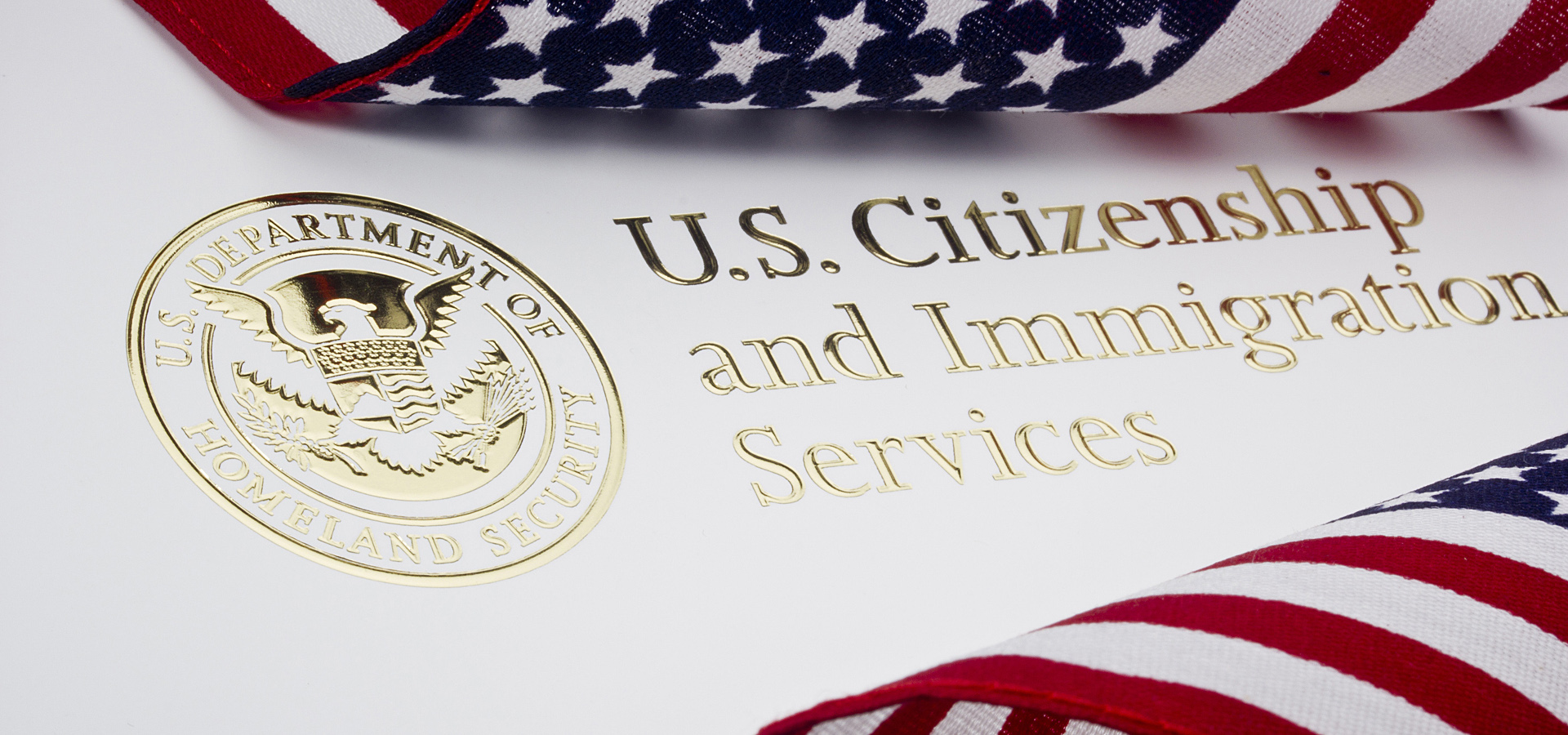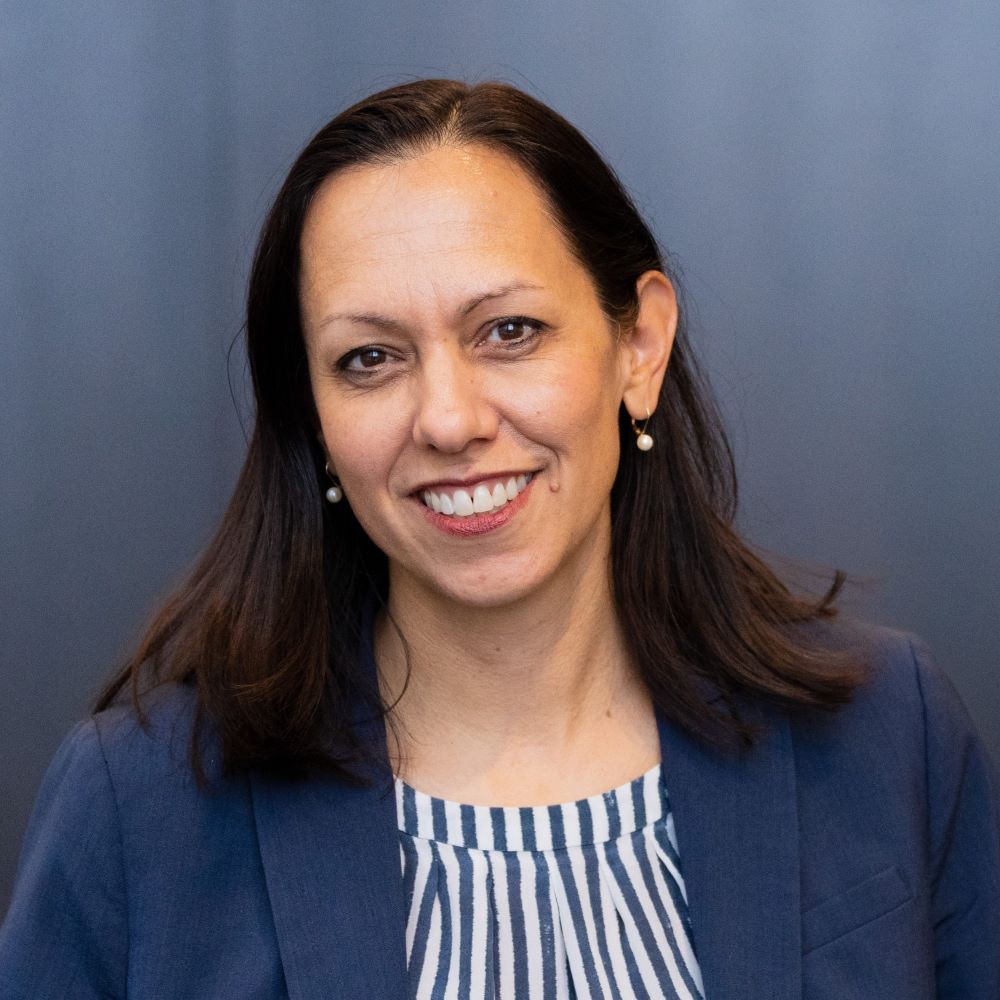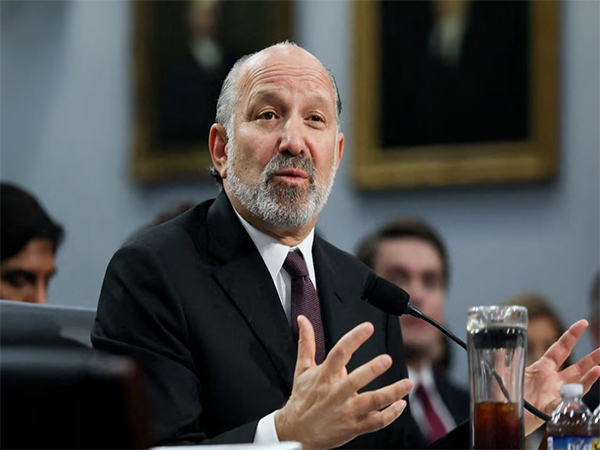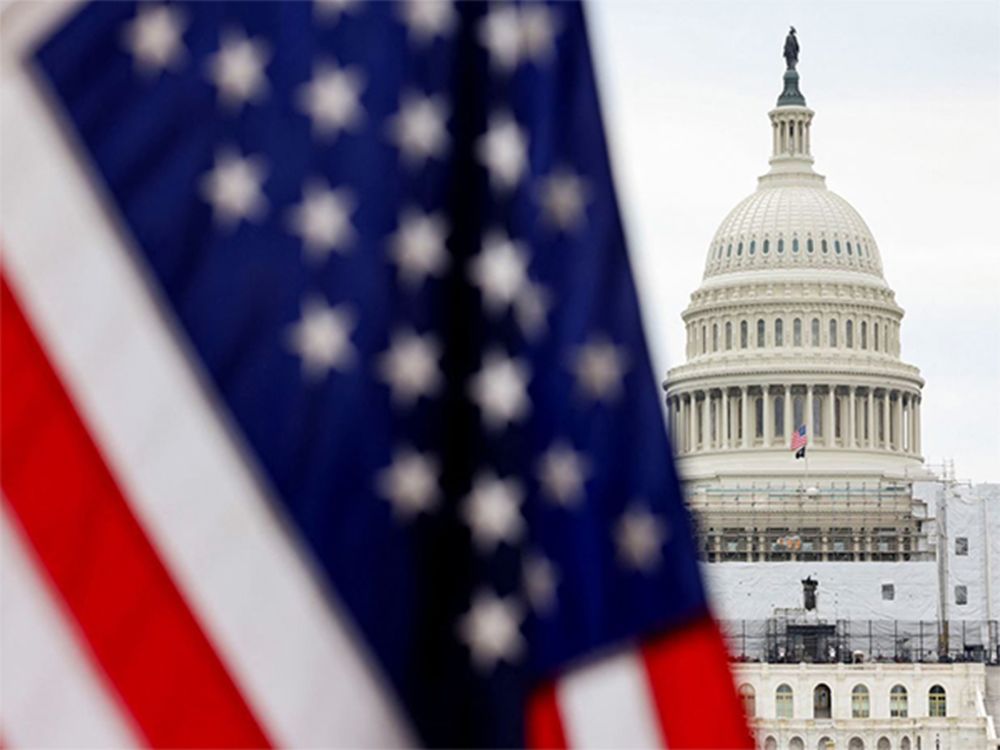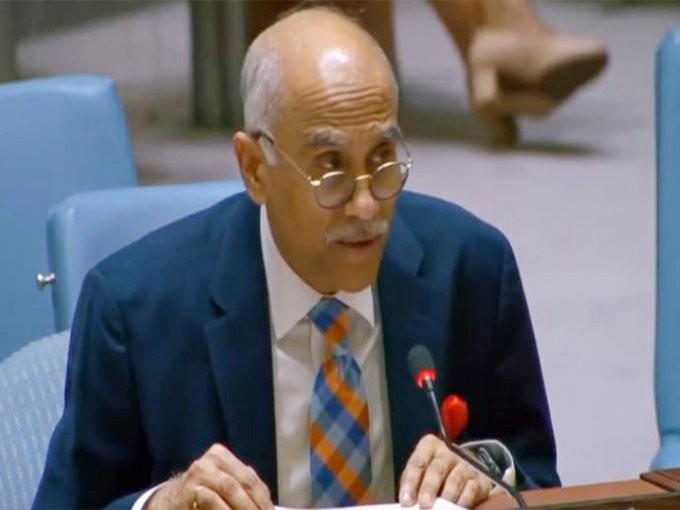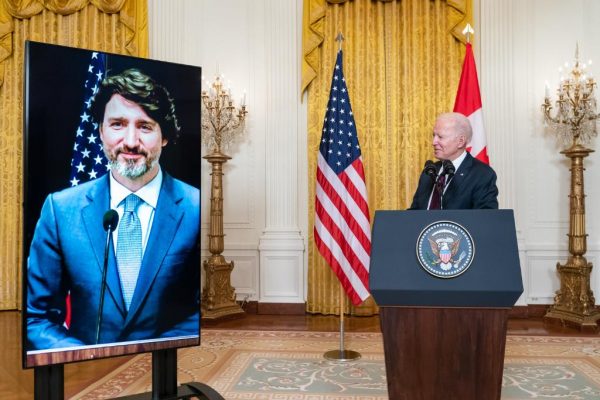Investments Made Possible Through Adams Administration’s Ongoing Strong Fiscal Management, $3.4 Billion in Total Savings, Robust Economy
Our Bureau
New York, NY
New York City Mayor Eric Adams on Thursday announced the release of the Fiscal Year (FY) 2026 Preliminary Budget to continue making New York City the best place to raise a family. The budget deepens the administration’s commitment to strong fiscal management, achieving savings and reducing asylum seeker costs, and makes key investments that protect critical programs and services, making the city safer, more affordable, and more livable for working-class New Yorkers. These achievements are also made possible due to the strength of the national and local economies.
“Strong fiscal management, combined with our investments in making this a safer, more affordable city, is allowing us to make New York City the best place to raise a family,” said Mayor Adams. “Our administration set the table for success by saving billions in taxpayer dollars, and now we are able to ensure the continuity of critical programs, as well as make the new, strategic investments that will move our city forward and improve quality of life for all New Yorkers without cutting services, laying off city employees, or raising taxes by a single penny. We are making major investments in affordable housing, addressing the severe mental health crises, keeping New Yorkers safe, providing our children with a world-class education and our families with affordable child care, developing major infrastructure projects and parks, investing in cultural institutions, and so much more. Our administration is working hard every day to deliver for working-class New Yorkers and make New York City the best place to raise a family.”
The FY26 Preliminary Budget is $114.5 billion, with gaps of $4.2 billion in FY27, $5.4 billion in FY28, and $5.1 billion in FY29, which are all lower than at the November 2024 Financial Plan Update.
Robust growth in the local and national economies drove growth in city tax revenues, which has been revised up by $1.1 billion in FY25 and $2 billion in FY26, compared with the November 2024 Financial Plan Update. These gains are driven by growth in business taxes fueled by strong Wall Street performance in 2024 that is expected to continue in 2025 and 2026. The city’s ongoing recovery and thriving economy — notably in job creation and tourism — reflects the administration’s strong fiscal management and laser-focus on policies that keep New York City a safe and clean place to live, work, and raise a family.
The Adams administration remains focused on saving taxpayer dollars. Total citywide savings in this plan are $2.7 billion over FY25 and FY26. Adding pension and labor-reserve savings brings the total to $3.4 billion in savings across the two years. Savings in this plan substantially offsets agency expense changes over FY25 and FY26.
The asylum seeker savings in this plan are based on a revised forecast of the asylum seeker census as a result of the city’s actions taken to help migrants take the next steps toward self-sufficiency, as well as border polices by the Biden-Harris administration that reduced the flow of migrant arrivals to New York City — successfully advocated for by the Adams administration. The combination of federal policy to regulate inflow, and city policy to help households exit shelter, has stabilized the emergency, generating the 28 straight weeks of sustained census declines to date. As the population in the city’s care declines, so do associated costs, which will reduce the asylum seeker budget by $1.1 billion in FY25 to nearly $3.3 billion and by $1.3 billion in FY26 to almost $2.7 billion. In total, New York City has spent more than $6.9 billion to feed, house, and care for nearly 230,000 asylum seekers since the spring of 2022.
Maintaining budget reserves as a safeguard against the unexpected is a critical part of the administration’s strong financial management strategy. The FY26 Preliminary Budget maintains a record level $8.5 billion in reserves, including $1.2 billion in the General Reserve, $5 billion in the Retiree Health Benefits Trust Fund, $250 million in the Capital Stabilization Reserve, and $2 billion in the Rainy-Day Fund.
The city will invest $170 billion over the next decade to improve infrastructure, including roads, bridges, schools, water and sewer facilities, libraries, and transportation systems in neighborhoods across the five boroughs. This is the largest 10-Year Capital Plan in city history. Through many of these investments, the city is also renewing its commitment to working-class New Yorkers by using project labor agreements and community hiring goals on capital construction projects.
















